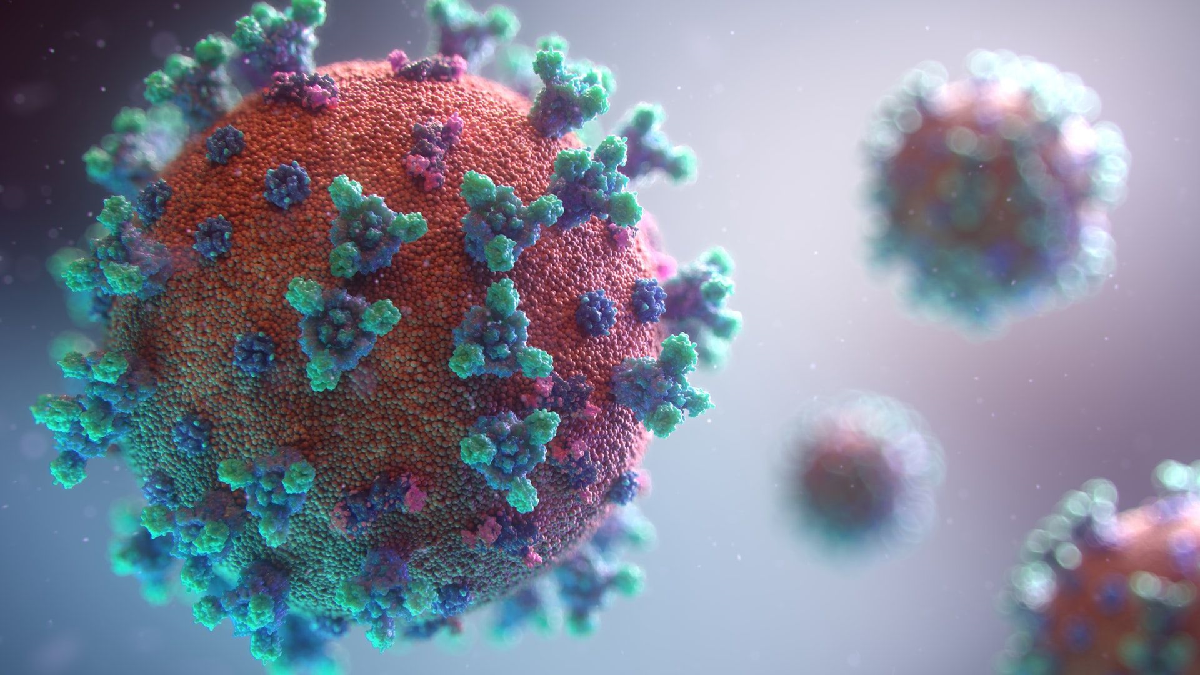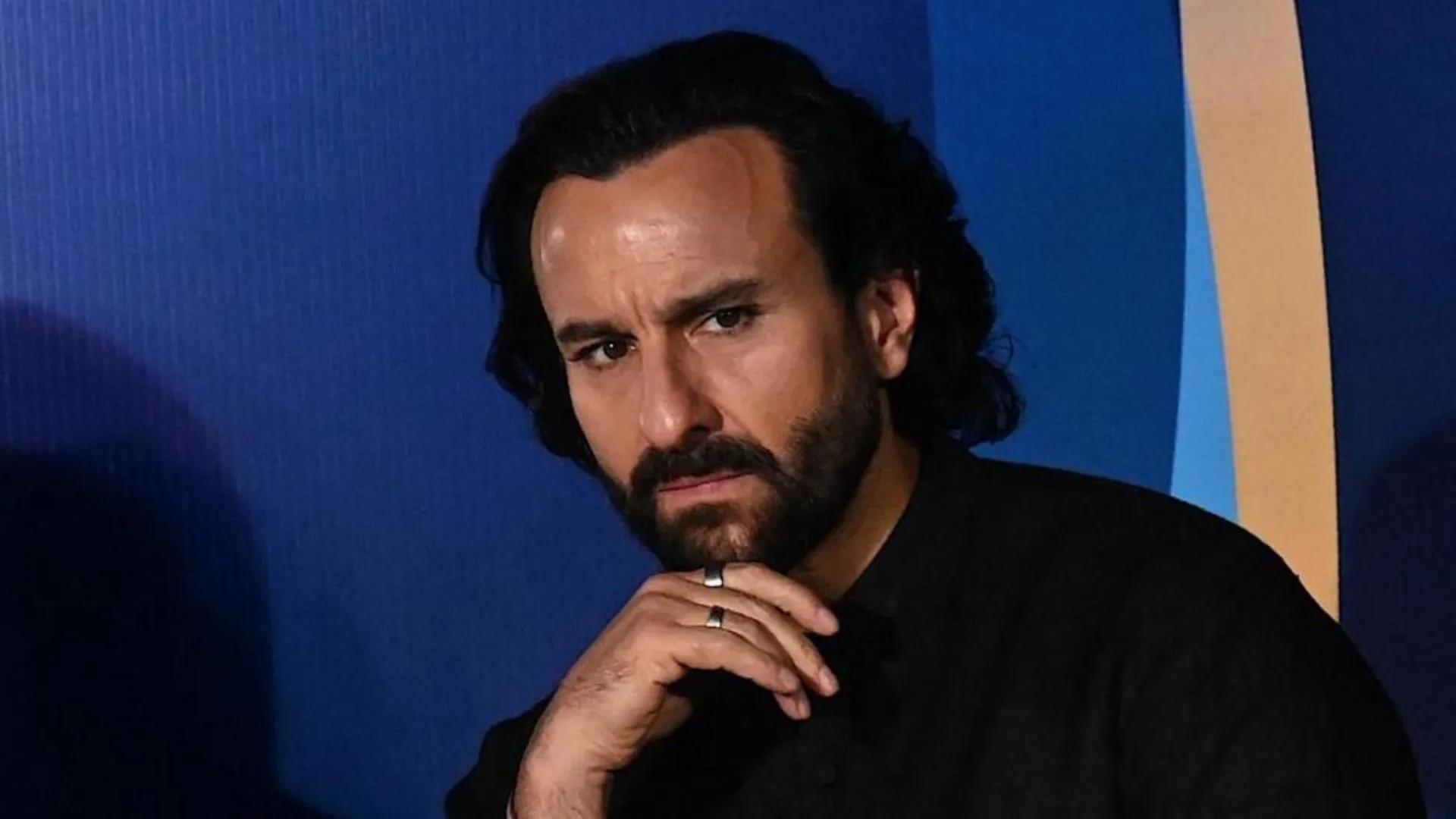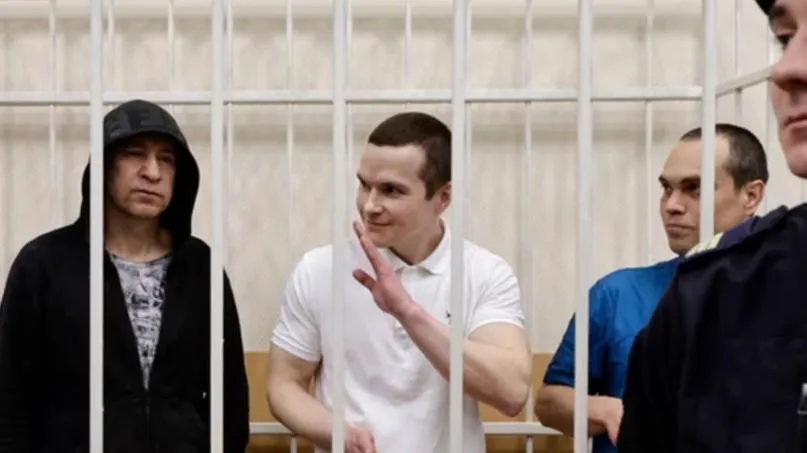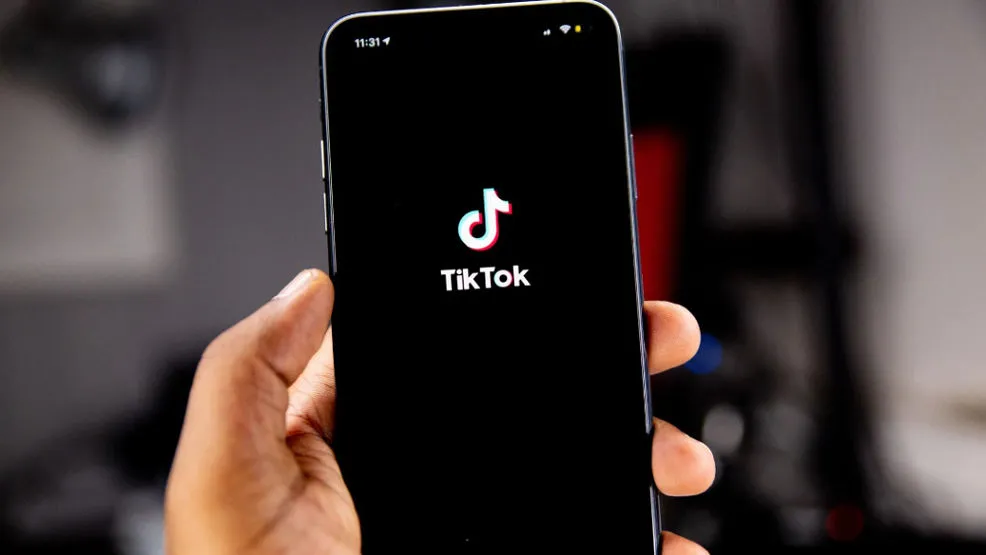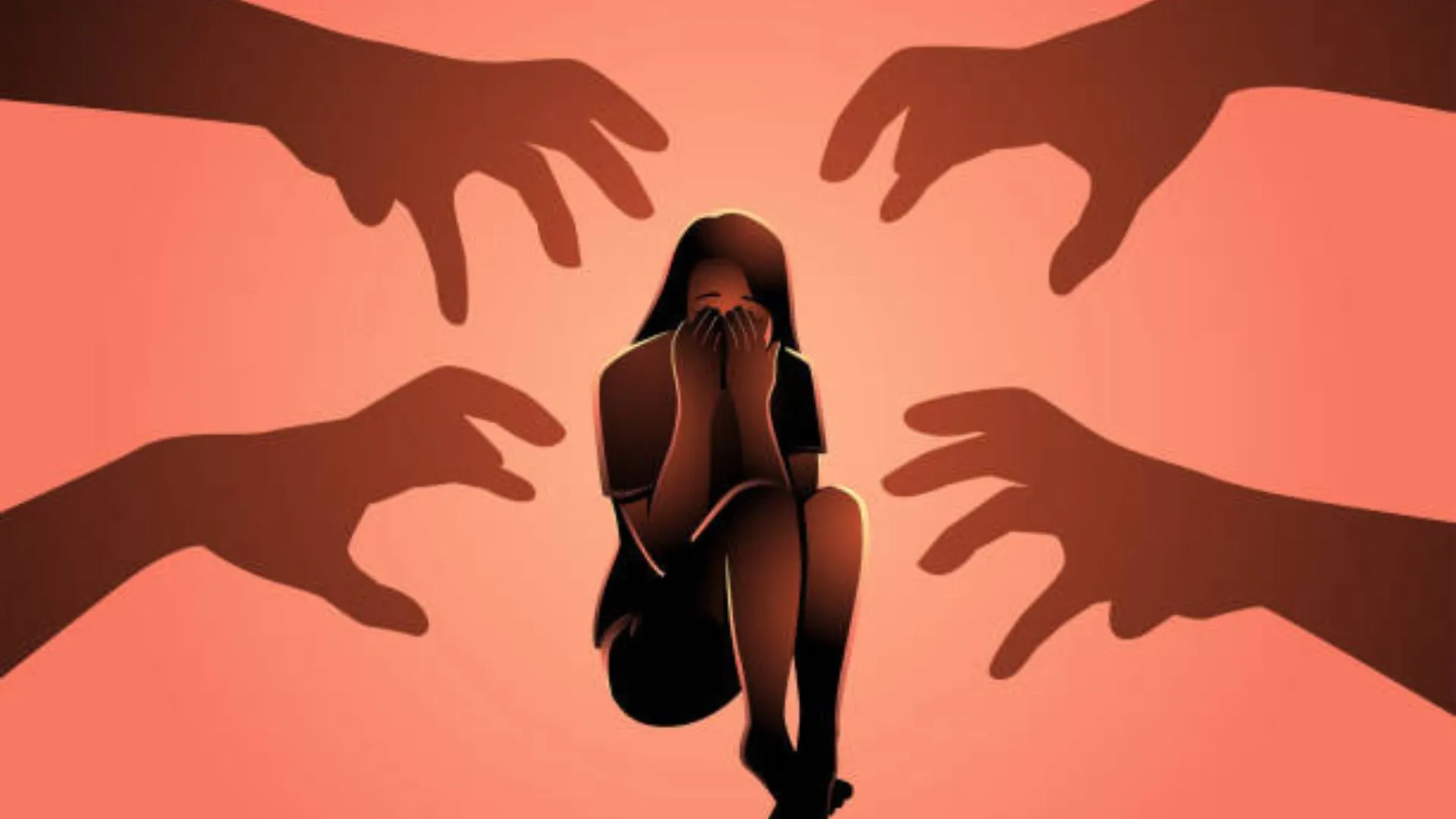India commits itself to be a sovereign, socialist, secular, and democratic republic. The objectives adopted are to secure justice, liberty, equality to all citizens and promote fraternity to maintain the unity and integrity of the nation. India, that is Bharat is based on the notion, “for the people, by the people, and of the people.”
India is one of the countries having the highest prevalence rate of disabled people. Out of the 121 Cr population, as per Census 2011, about 2.68 Cr persons are ‘disabled’ which is 2.21% of the total population of the country.
The 2011 Indian census cites roughly 1.3 million people with “hearing impairment.” Contrast that to numbers from India’s National Association of the Deaf, which estimates that 18 million people — roughly 1 percent of the Indian population — are deaf. (Even that would be surprisingly low, considering that 3.5 percent of Americans and 5 percent of the world’s population experience hearing loss.)
Many social variables can influence whether people with disabilities are included or excluded from certain activities, which can have an impact on their development and self-esteem. Therefore, disability is not only a health issue. It’s a complicated phenomenon that reflects the connection between a person’s physical characteristics and those of the culture and economic conditions in which he or she lives.
In the year, 2021, the main challenge in front of the Indian government is to provide equality enshrined under Article 14 and a Life of Dignity and Personal Liberty as per Article 21 of the Indian Constitution to the disabled citizens during the times of Covid-19.
The legislature, Executive, and Judiciary need to ponder how can virtual communication not make a disabled person feel inferior and discriminated against. How the exhaustive use of the English language not a barrier to their professional growth and how much humanity is expected from the citizens during the unprecedented times of Covid-19.
PERSON WITH DISABILITY
The essential guideline of effective governance and development is to touch the lives of everyone to ensure their well-being. The upliftment of individuals in any impoverished situation necessitates targeted measures. Disability can be by some tragic incident in life or by birth. The relevant concern of the society and Government is to facilitate and assist their lives.
No one had wished for the life and struggles that come with it. It is all because of the destiny and supreme powers that they are facing such hardships. Human beings suffering from disabilities never got the right of choice regarding disability, it was something natural to them.
The Rights of Persons with Disabilities Act, 2016 under Section 2(s) defines “person with disability” as a person with long term physical, mental, intellectual, or sensory impairment which, in interaction with barriers, hinders his full and effective participation in society equally with others;
Section 2(i) of the Persons with Disabilities (Equal Opportunities, Protection of Rights and Full Participation) Act, 1995 defines disability as: – (i) Blindness; (ii) Low vision; (iii) Leprosy-cured; (iv) Hearing impairment; (v) Loco motor disability; (vi) Mental retardation; (vii) Mental illness;
As per Section 2(t) of the aforesaid Act, 1995, persons with disabilities means a person suffering from not less than 40% of any disability as certified by medical authorities.
INVASION OF THE VIRTUAL WORLD
In today’s globe, around 6,500 languages are spoken. Each one of them contributes to the world’s diversity and beauty. Regrettably, some of these languages are not as well-known as others.
For a person, residing in any part of India, mostly his/her native regional language is the language he/she is most comfortable with. As per Articles 344(1) and 351 of the Indian Constitution, the eighth schedule includes the recognition of 22 languages.
Sign languages are complete natural languages with their grammar and vocabulary. Despite having one of the world’s biggest populations of hearing challenged people, India’s constitution still does not recognize an official sign language.
Many deaf children in India struggle to get a suitable education because deafness — and disability in general — is underreported and mistreated.
Madan Vasishta, a deaf writer and scholar who grew up in a region in northern India, says, “India has always been an oral culture.” “It’s only recently that we’ve begun to gain some momentum for ISL.”
One must realize that due to the emergence of the Virtual World the hardships for hearing challenged people have increased and the solutions and help that they were getting have decreased.
Generally, for an individual, it is easy to tweet, rant, or even communicate to masses, however, just imagine if you are told to learn a new foreign language (a language you were surrounded since childhood but have never heard of it or even know meaning and interpretation of the basic words) where you don’t easily find many translators or coaching centers to teach you all of it and the on-going race of life is still on (Social, Economic, Financial and Political factors). Now to make the picture more vulnerable, think of a marginalized sole female disabled bread earner of a family.
Priyanka Thakur, a Ph.D. scholar in Law from Himachal Pradesh University, with a physical disability of 54 percent, has been selected for HP Judicial Service and quotes, “People normally ignore women & especially with disabilities. But if you have self-determination & confidence, you can achieve any heights,”
These lines depict that discrimination exists, hardships and obstacles are still present in society. However, if a person is blessed with opportunities even disable people can overcome them. The demand for equality is mainly about the special welfare measures that can bring everyone on the same pedestrian.
Inclusion of the disabled people in the workplace/schools etc is not enough, the need for sensitivity and a positive environment is required for their talents to meet opportunity.
THE PANDEMIC
Now let’s discuss the scenarios and turmoil that a disabled person is facing especially someone who can’t speak or hear or both: –
Family-oriented challenges: –
Domestic violence is one of society’s most harmful gendered afflictions. Domestic violence (physical, sexual, and emotional) has been linked to an elevated risk of psychopathologies as well as physical morbidity, according to researchers. India has a large number of domestic abuse instances, which are increasing at an alarming rate during the COVID-19 pandemic. This increase also includes the disabled persons who are suffering from domestic violence and are not even aware of their basic rights of living with dignity enshrined in Article 21 of the Indian Constitution. Sadly, some victims know that they are not treated appropriately, however, they lack the resources and ability to communicate their hardships.
EDUCATION-ORIENTED CHALLENGES
In India, we have approximately 400 schools for deaf and dumb people before the hit of the pandemic. However, there is no data regarding how many deaf and dumb schools are being operated during times of pandemic. The basic right of education is always a challenge to them as any vernacular language won’t be sign language and will be challenged to learn.
Virtual lifestyle has affected their education as now they don’t have either teachers or peers. Poor network and lack of finances to cope up with the digital world is a barrier to their basic right to education.
Mental health-oriented challenges: –
Not every household has people who understand sign language. Many disabled persons feel lonely and miss the companionship developed over their lives. Every human feels happy and satisfied with people like his own, not every household provides the opportunity to communicate, to exchange ideas, thoughts, and wishes.
This ends as mental stress in lives of the disabled people. The lack of human connections and boredom that COVID-19 brings is harmful to their mental growth. The confidence, the determination is hampered badly.
Unfortunately, the most common thing like watching television or movies/series/documentaries on Netflix/Amazon/ for that matter any online platform while sitting home is not easy for many individuals who can’t either speak or hear or both.
Work Place oriented challenges: –
The Indian legislature came up with laws that allow disabled people, to secure employment. However, the framers failed to make laws regarding their growth.
Practically speaking, if a disabled person A secures a job in a Multinational Company (MNC) in the year 2018, initial two years were spent to train him in the area A works. However, now in the year 2020, when he is to be promoted, person A has to go through interviews.
The problem here is, in the first situation, if A qualifies for the interview how will he/she be able to send professional emails, attend virtual calls and bare minimum understand the different nuances of the English language.
Secondly, if A could not qualify then how via virtual challenges, his job roles will be increased, new skills will be imparted to ensure that he doesn’t face professional saturation.
Ponder: Do you think the virtually heavily loaded normal workforce of the MNC will be able to assist the disabled person? The discrimination was created under the garb of employment opportunities.
Medical Procedures oriented challenges: –
The pandemic of 2019, has given challenged the definition of pandemics and diseases. Every day a new symptom a new illness. How can a disabled person understand all of this with minimum support both mentally and financially? If a pregnant disabled woman needs to visit the hospital for consultancy and if she can’t hear or speak then how can she virtually connect to a doctor who doesn’t understand sign language?
Conclusion
Virtual times of pandemics are times to help and assist. The government needs to be more aware of these micro issues that prevail in society and are of great importance. The unreported and undiscovered turmoil of disabled people is flooded in our surroundings. It is important to not only give opportunities to the disabled person rather make their surroundings friendly. Introduction of webinars, more awareness programs, and funds should be directed towards the disabled. They can’t speak, they can’t express their hardships openly. The government and the citizens of the society have to take an initiative and make this happen. Being an Inclusive society doesn’t mean giving opportunities to make them equal rather it is about making them feel equal. Awareness, execution, and laws need to be in a single thread to make their lives better and happier especially during these unprecedented times of Covid-19.

